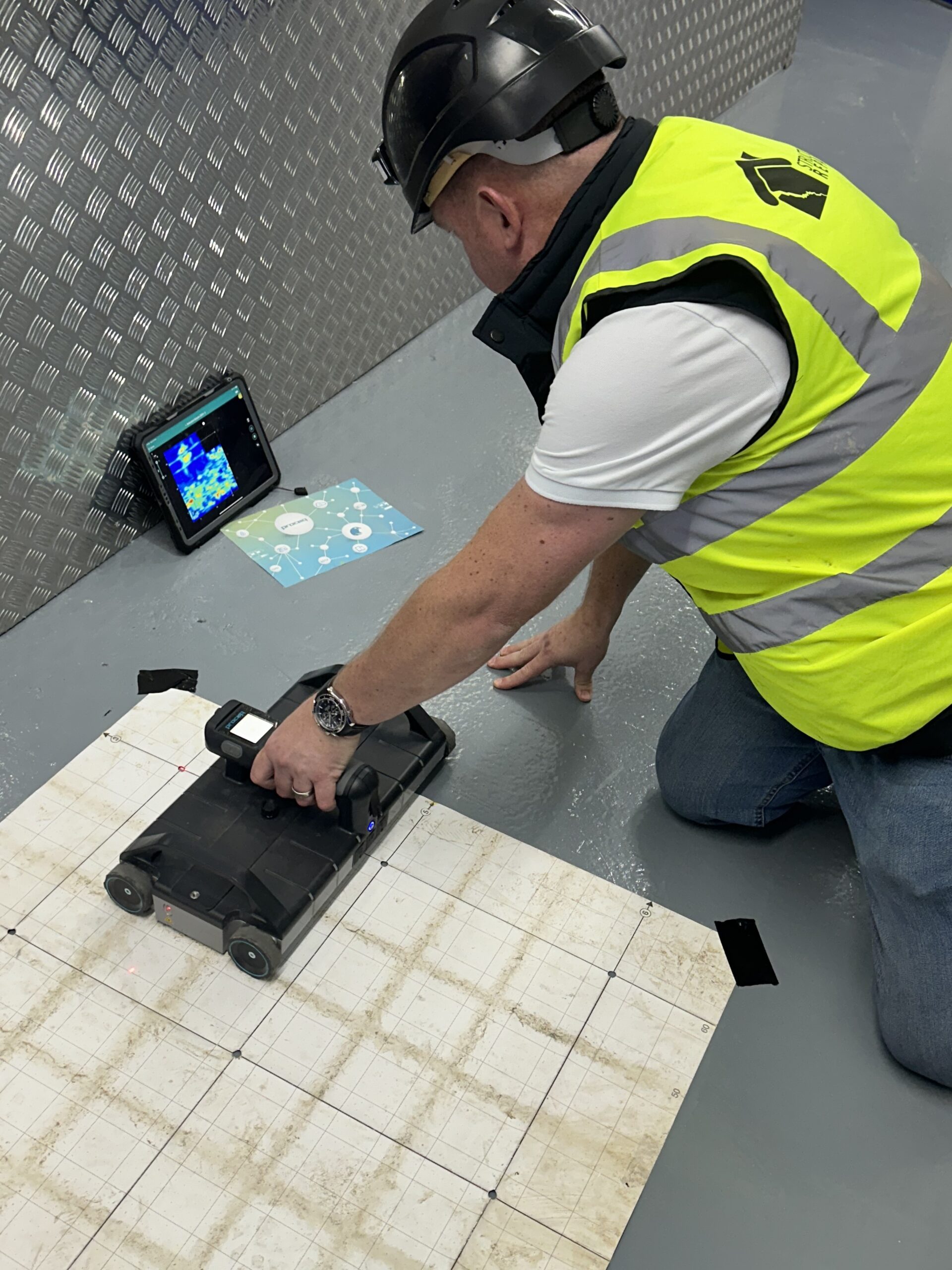Concrete Scanning: A Vital Step Towards Ensuring Structural Integrity and Safety
In the world of building and construction and framework upkeep, the value of concrete scanning can not be overstated. This meticulous process holds the key to introducing possible dangers hidden below the surface of seemingly strong frameworks. By employing sophisticated modern technology and methodologies, concrete scanning works as a pivotal device in ensuring that the integrity and safety and security of buildings and bridges are promoted to the highest criteria. Nonetheless, beyond its surface-level effects, the function of concrete scanning expands far much deeper than satisfies the eye.
Relevance of Concrete Scanning
Concrete scanning plays a critical function in ensuring the structural honesty and security of buildings and facilities jobs. By using innovative innovations such as ground-penetrating radar (GPR) and electromagnetic induction, experts can non-destructively inspect concrete structures to identify prospective issues, voids, embedded things, and reinforcement format. This procedure makes it possible for early discovery of anomalies that might endanger the stability of a structure, protecting against costly damages and making sure the safety of residents.
Before exploration, reducing, or coring right into concrete, scanning helps recognize the specific areas of rebar, post-tension wires, and other ingrained components, lowering the threat of unintended hits that might lead to structural weaknesses. In addition, concrete scanning help in high quality control by verifying the density of concrete covers and detecting any kind of inconsistencies that may influence the total toughness of the structure.
Innovation for Concrete Evaluation

Benefits of Early Detection
Timely discovery of architectural concerns can dramatically reduce threats and make sure the durability of construction tasks. By identifying possible problems early on in the construction procedure, stakeholders can take aggressive actions to attend to issues before they rise right into bigger and a lot more pricey problems. Among the crucial benefits of early detection is the avoidance of structural failings, which can posture serious security hazards and result in project hold-ups and financial losses.
Moreover, very early detection enables for timely fixings and maintenance, which can assist extend the life-span of the framework. By addressing problems immediately, construction teams can avoid expensive repair work and even the need for early replacement of structural parts. This positive strategy not just saves money and time yet also enhances the general safety and security and longevity of the building and construction project.
In addition, early discovery can improve task planning and decision-making by giving stakeholders with important insights right into the problem of the framework. Equipped with this details, project managers can make informed options regarding construction products, timelines, and methods, causing extra reliable and effective job end results.
Making Certain Structural Stability
Guaranteeing the structural security of a building project is vital to its security and durability. Concrete scanning plays an essential role in making certain architectural stability by discovering prospective problems such as voids, delamination, or support rust that could compromise the honesty of the structure over time.
By utilizing sophisticated scanning technologies like ground-penetrating radar (GPR) and electromagnetic More hints induction, construction specialists can non-invasively inspect concrete frameworks to determine locations of issue underneath the surface area. This positive method enables the early detection of problems or weak points, making it possible for timely repair work or reinforcement to avoid architectural failures.
Regular concrete scanning throughout different building phases and throughout the life cycle of a this page structure can aid keep its security, alleviate dangers, and make sure the safety of passengers. By focusing on architectural stability via concrete scanning, building projects can boost their durability and durability, ultimately adding to better safety and security and durability.

Stopping Crucial Failings
To safeguard versus catastrophic occasions, thorough surveillance and positive maintenance are essential in preventing essential failings within structural frameworks. Finding potential problems prior to they intensify is essential to protecting against structural failings. Implementing regular assessments, such as concrete scanning, can disclose concealed problems like spaces, splits, or deterioration that might compromise the stability of a structure. By using sophisticated scanning technologies like Ground Penetrating Radar (GPR) or Concrete X-ray, designers can non-destructively analyze the condition of concrete and determine weak factors that call for support or repair service - RainierGPR Service Areas.

Final Thought
To conclude, concrete scanning plays a critical duty in guaranteeing structural honesty and security by using sophisticated technology for very early discovery of possible concerns. This aggressive technique helps avoid important failings and makes sure the stability of frameworks. It is important to focus on concrete inspection as a standard original site practice to protect the durability and security of buildings and infrastructure.
Concrete scanning plays a critical role in guaranteeing the structural honesty and security of structures and infrastructure jobs. Additionally, concrete scanning help in high quality control by verifying the thickness of concrete covers and detecting any discrepancies that may affect the total longevity of the framework. Concrete scanning plays a critical role in making sure structural stability by identifying prospective concerns such as gaps, delamination, or reinforcement deterioration that could jeopardize the integrity of the structure over time.

In verdict, concrete scanning plays a critical function in making certain structural integrity and safety and security by using innovative innovation for early detection of potential issues.